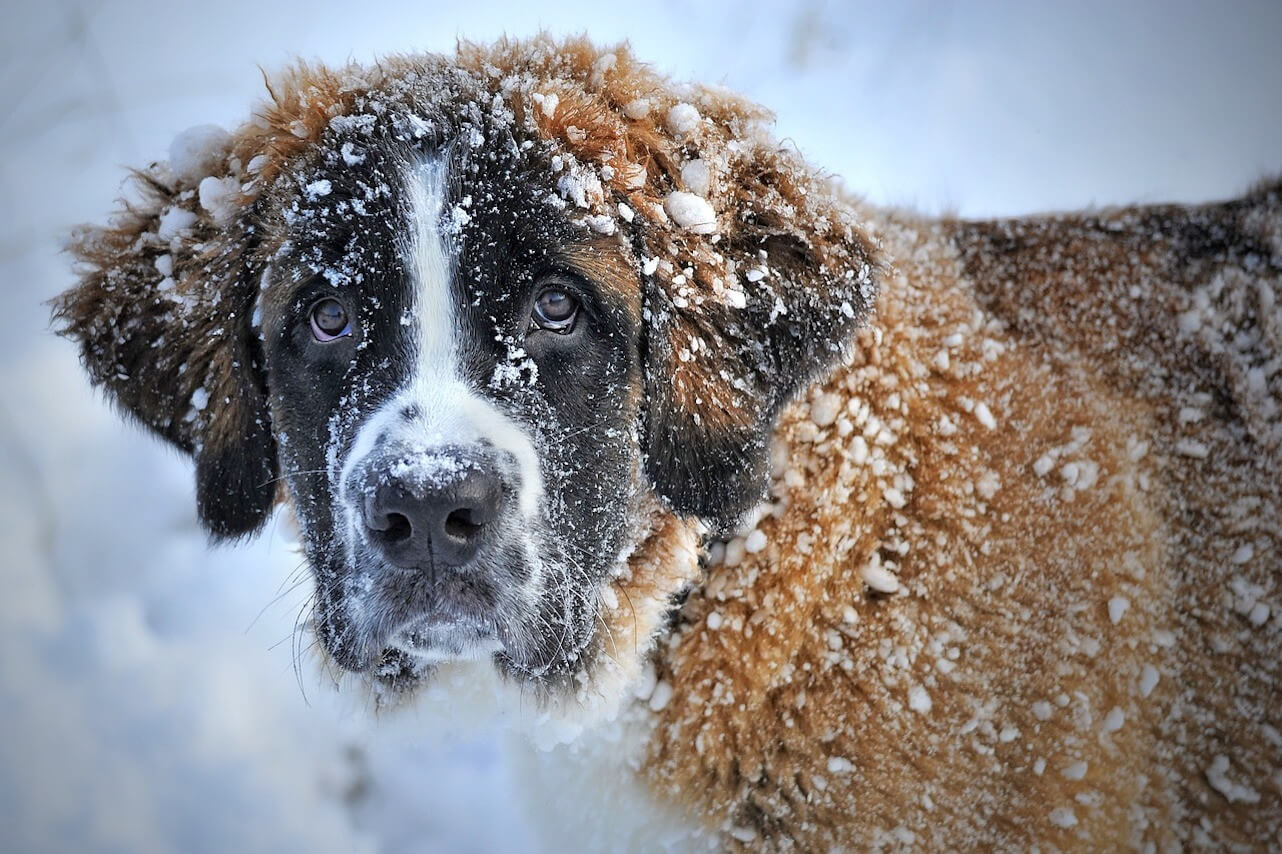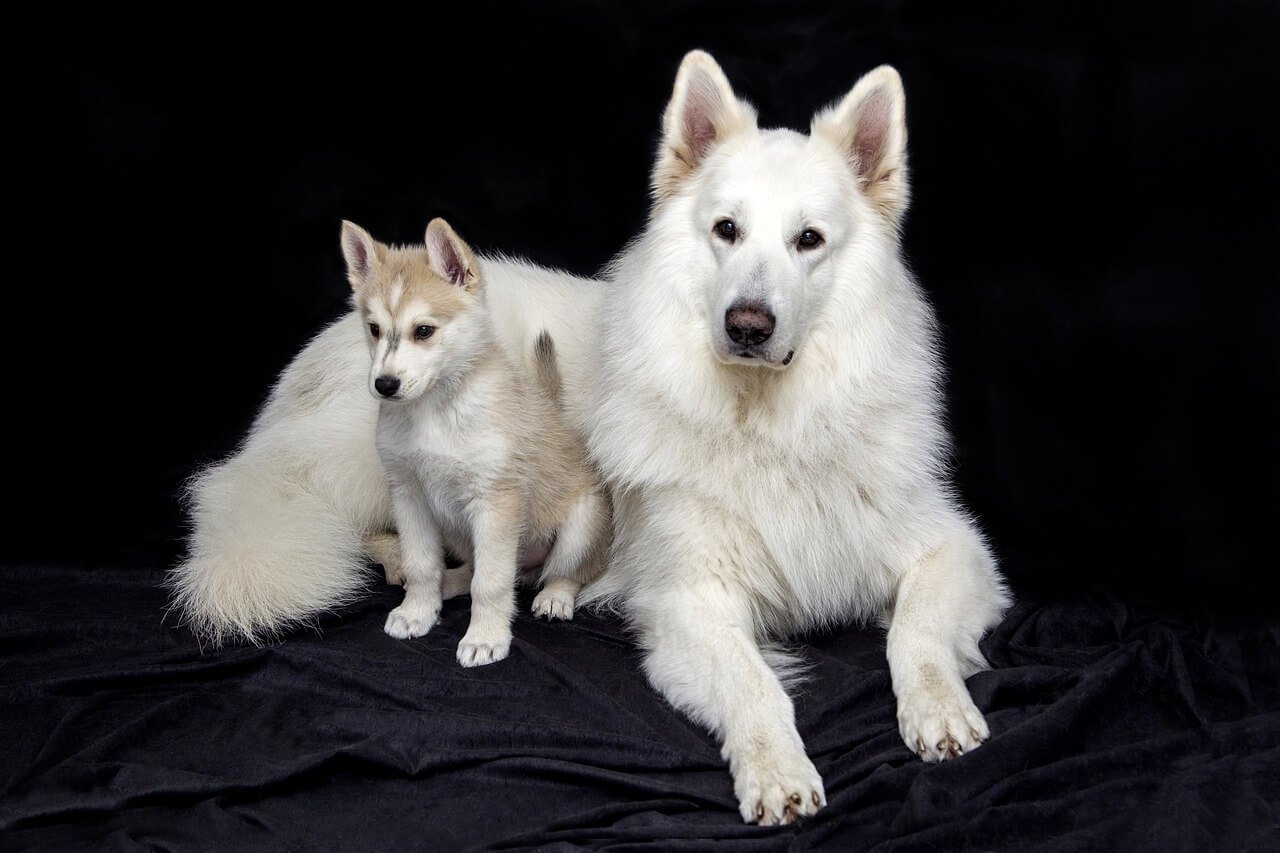
Most of the time, hiking alone is a bit less exciting, right? You need some company when hiking through the icy woods to enjoy the fullest. As a company, your dog could be up for it.
However, there are several things you can do to get your dog ready for cold-weather outings. You can easily increase your dog's comfort and safety while enjoying the trails. All you need is a bit extra effort.
Here are a few suggestions for keeping your hiking dog happy and safe during winter.
However, there are several things you can do to get your dog ready for cold-weather outings. You can easily increase your dog's comfort and safety while enjoying the trails. All you need is a bit extra effort.
Here are a few suggestions for keeping your hiking dog happy and safe during winter.
Recognize Symptoms that Your Dog is Cold
Dogs, like people, can experience frostbite and hypothermia. Cold weather affects short-haired dogs, pups, and older dogs the most. Here are some indicators that your dog is too cold when you're out on a winter hike:
- Your dog appears to be whining or barking for no apparent cause.
- Your dog continually indicates that they want to come to a halt.
- Your dog appears to be shivering.
- Your dog becomes agitated and begins hunting for a haven.
- If your dog's paws, ears, nose, or tip of the tail are icy, or if you notice discoloration in those places, it could be an early indicator of frostbite.
Protect the Paws
Dogs' paws are often misunderstood as tough and capable of handling any terrain. Dogs' paws can break and chap, much like human skin, and it hurts.
Furthermore, snow play can result in "snowballing" or ice buildup between the toes, which can be painful. This might be the source of your dog's limping after just a winter trip.
There are a few things you can do to protect your dog's paws from the cold this winter. A bootie is the first option. The majority of the booties are breathable and protect from the elements in cold and wet conditions.
If you choose not to use booties, apply a wax-based paw balm. It will protect your dog's paws from snow, salt, ice, and chemicals used on the road throughout the winter.
Safe paw balms for pets are available from a variety of companies. Also, you can manufacture your own.
Keep Your Pup Warm
While a warm sweater is ideal for a night in, your dog may want additional layers when out in the woods on a winter trip.
While you travel together in a winter festival, a dog hiking jacket or vest is an essential item. It will keep your furry friend warm and snug. Look for a pup vest with a water-resistant outermost surface.
It will repel as much wetness as possible while out in the snow. The finest material for lining is synthetic insulation. It stays warm even when wet and dries quickly.
Be Aware of Hypothermia.
Hypothermia affects dogs in the same way it affects humans. You need to know the signals because they can't tell you what's going on. Warm up your dog with an emergency blanket or sleeping bag if they are shivering, breathing slowly, or stumbling around.
Also, don't forget to bring a dog raincoat. In case you and your dog face a blizzard, a dog raincoat will save your dog from getting wet.
Don't Forget Eye Protection.
Dogs, like people, require eye protection. The reflection of the freshly fallen snow on a sunny winter day can induce eye problems such as pannus.
Eye injury is more common in some breeds and pups with light-colored eyes. Consider investing in a pair of specs to protect your dog's eyes on future travels.
Bring Water and Snacks
Make sure everyone, including your dog, has adequate food and drink. Winter exercise, especially hiking in deep snow, can be difficult. Keep an eye out for indicators of dehydration or tiredness.
If your dog begins to fall behind, this indicates that they need to relax and may require water or food.
Don't Forget Medical Supplies.
Always take a medical kit with you on a trek, no matter what time of year it is. It will supply both you and your pet with necessities.
Above all, know how to put them to use! You cannot know when you'll be hurt or need medical help on trial.
Keep Track of How Long You've Been Out.
Start with a brief winter hike if your pup is used to small hikes or walks. Once your dog has become accustomed to the conditions, you can always progress to a more extended excursion.
Most animals shouldn't go out for longer than 10-15 minutes if the weather is below freezing. You can go for a lengthy hike if the weather is above freezing.
Consider prolonging your hike if your dog has a heavy coat. It can handle the cold for more extended periods. Remember to take break time on longer hikes.

Carry a Dog Bed or Blanket
While hiking, it is customary to get tired and take a break. In the break time, we want to rest, and so does our dog. But, it is hard to find a warm place for your pup.
That's why carrying a dog bed, or dog blanket is a wise decision. A dog bed or dog blanket will keep your little friend warm and cozy. That's all we want.
Consider Safety in Case You Get Separated
Make sure your dog has an id with your contact details before going on a hike with them. It's preferable if you have a mobile number. So that whoever finds you and your pup may contact you right away.
Make sure your contact details are current and on file if your dog has a microchip.
You won't be able to enjoy it if your little one gets sick. That's why you should take care of your dog by following the tips.






